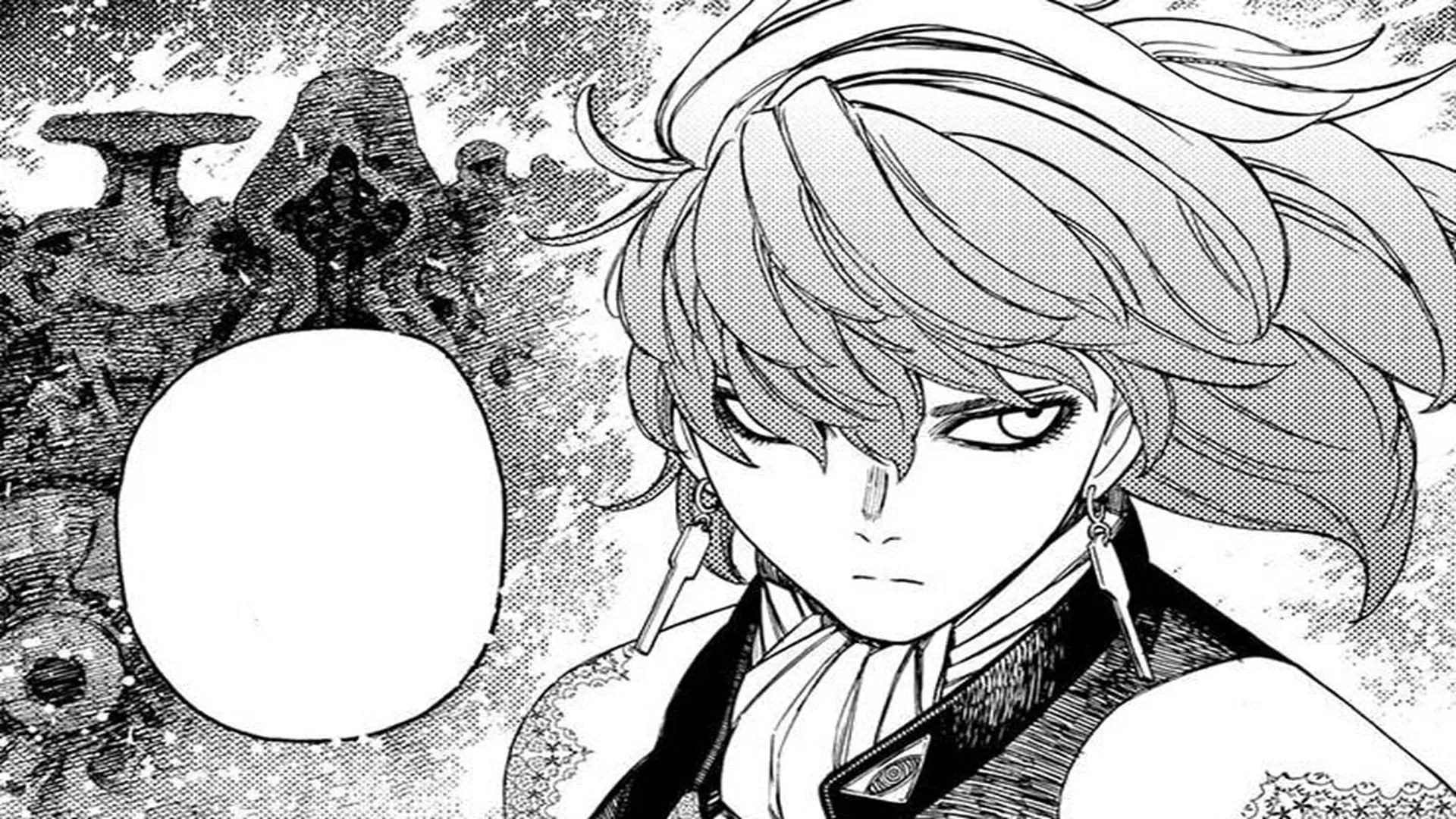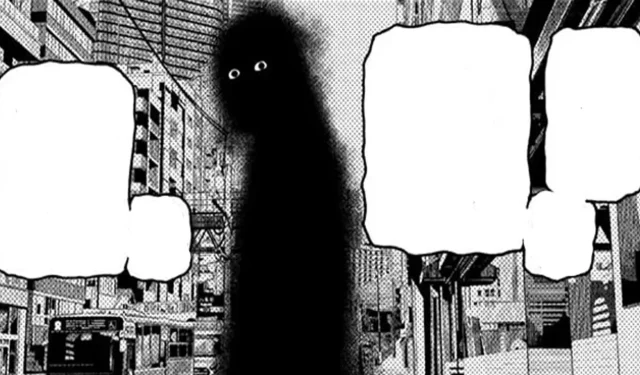The recent release of Dandadan chapter 185 has stirred excitement among fans, particularly with the revelation regarding Kouki Yukishiro’s rescue, which allowed her to pinpoint Murakami as her tormentor. Many followers have begun to associate Murakami with the mysterious figure known as the Orchestrator, who is presumed to be behind Kouki’s initial blackmail.
However, this assumption may require closer examination. Chapter 185 presents details about Murakami that conflict intriguingly with the overarching motives attributed to the Orchestrator, suggesting that fans should refrain from jumping to conclusions.
Disclaimer: The insights provided in this article are speculative and represent the author’s perspective.
Evidential Gaps: Is Murakami Really the Orchestrator?
One of the most compelling arguments against the notion of Murakami being the Orchestrator is the absence of concrete evidence within chapter 185 that identifies him as such. Although Kouki identifies him as her blackmailer, she stops short of labeling him as the Orchestrator. She does suggest that other girls may have also been blackmailed by him and that he distributed knives to them. However, it remains plausible that the Orchestrator could have provided these tools to Murakami to use as an intermediary.
Furthermore, Murakami’s portrayal in a high-rise apartment does not lend any weight to the argument of his identity as the Orchestrator. The scene lacks both the ominous kozuka knives and any dialogues from Murakami that would link him directly to this enigmatic figure. In fact, his affluent living situation might imply he is connected to the Orchestrator, as it is atypical for a public school employee to reside in such luxury.
While this aspect of his character provides significant doubts, additional insights from chapter 185 further complicate the picture. Murakami’s apparent objective seems to center around exploiting high school girls through blackmail, compelling them to share inappropriate photos. This goal raises questions about why the Orchestrator would engage in such trivial acts, especially when he has access to powerful artifacts like the cursed sword Asura.
Moreover, exploiting these girls does not necessitate the use of specialized kozuka knives forged from Asura. The yokai abilities of Momo Ayase and her companions seem irrelevant to Murakami’s pursuits, which operate on a distinctly lower level of ambition. Targeting characters like Seiko Ayase and Ken “Okarun” Takakura for their unique powers appears contradictory should Murakami actually be the Orchestrator.
Adding to the ambiguity, there’s a moment in which Murakami inquires about Adachi’s whereabouts while she is engaged in an attack based on orders from the Orchestrator. If he were indeed the mastermind, he would logically be aware of Adachi’s position, making his feigned ignorance suspicious.
Concluding Thoughts

While the arguments presented remain speculative, they underscore significant doubts about Murakami’s identity as the Orchestrator. The inconsistencies between the Orchestrator’s schemes and Murakami’s seemingly lower ambitions create considerable speculation. As chapter 185 does not categorically label Murakami as the Orchestrator, it suggests that there may be more to the storyline than meets the eye.


